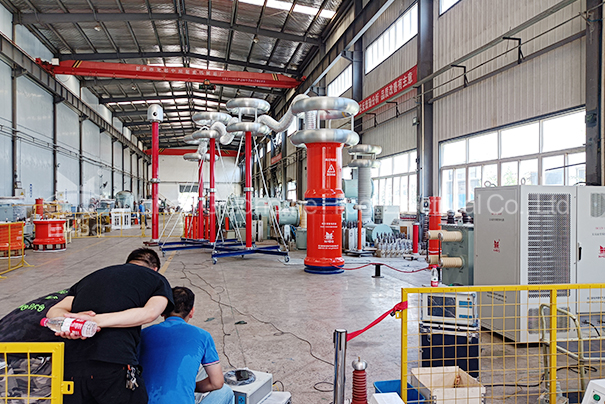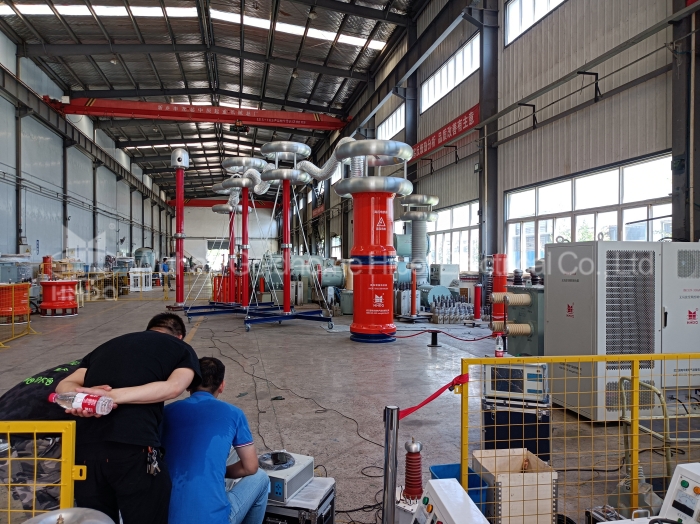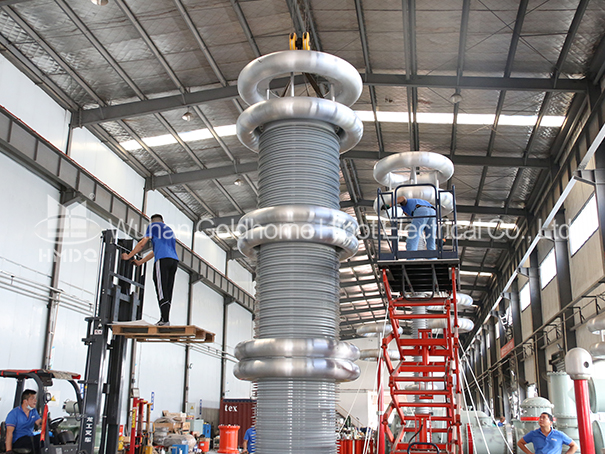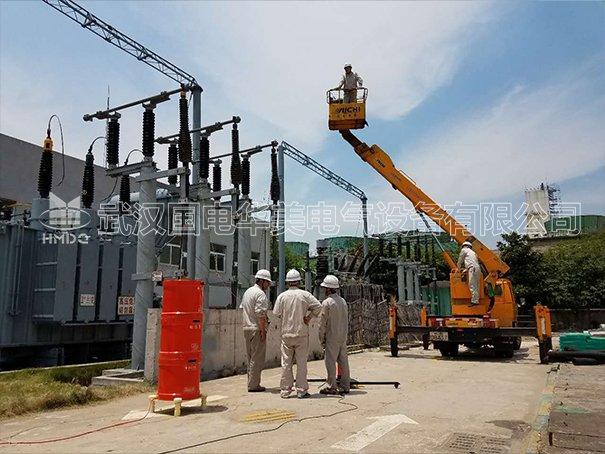The Principle of AC Resonance Test Set

The principle of AC resonance test set is based on the phenomenon of resonance, which occurs when the frequency of an alternating current (AC) matches the natural frequency of a circuit or system.
In AC resonance testing, a test circuit is connected to the circuit or device being tested. The test circuit usually consists of a variable frequency AC power source, a capacitor, and an inductor. The capacitor and inductor form a parallel resonant circuit, also known as a tank circuit.

When the frequency of the AC power source is adjusted to matcdh the natural frequency of the circuit or system being tested, resonance occurs. At resonance, the impedance of the tank circuit becomes very low, allowing a large amount of current to flow through the circuit.
By measuring the current flowing through the tank circuit, the quality and integrity of the circuit or system being tested can be determined. Any abnormalities or faults in the circuit will affect the resonance characteristics and can be detected by monitoring the current.
AC resonance testing is commonly used in various applications, such as testing the integrity of power transformers, cables, and electrical equipment. It is particularly useful for detecting insulation faults, short circuits, and other electrical faults that may not be easily detected by other testing methods.
Overall, the principle of AC resonance testing relies on the concept of resonance to determine the condition and performance of electrical circuits and systems. By matching the frequency of the AC power source to the natural frequency of the circuit, any abnormalities or faults can be identified through changes in the current flowing through the circuit.
In AC resonance testing, a test circuit is connected to the circuit or device being tested. The test circuit usually consists of a variable frequency AC power source, a capacitor, and an inductor. The capacitor and inductor form a parallel resonant circuit, also known as a tank circuit.

By measuring the current flowing through the tank circuit, the quality and integrity of the circuit or system being tested can be determined. Any abnormalities or faults in the circuit will affect the resonance characteristics and can be detected by monitoring the current.
AC resonance testing is commonly used in various applications, such as testing the integrity of power transformers, cables, and electrical equipment. It is particularly useful for detecting insulation faults, short circuits, and other electrical faults that may not be easily detected by other testing methods.
Overall, the principle of AC resonance testing relies on the concept of resonance to determine the condition and performance of electrical circuits and systems. By matching the frequency of the AC power source to the natural frequency of the circuit, any abnormalities or faults can be identified through changes in the current flowing through the circuit.



